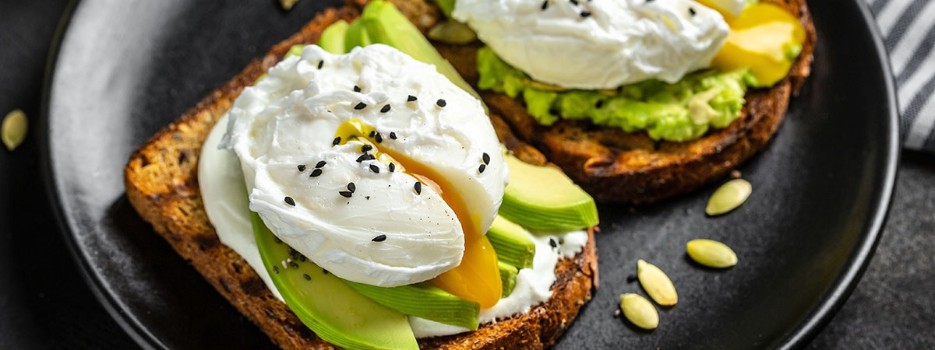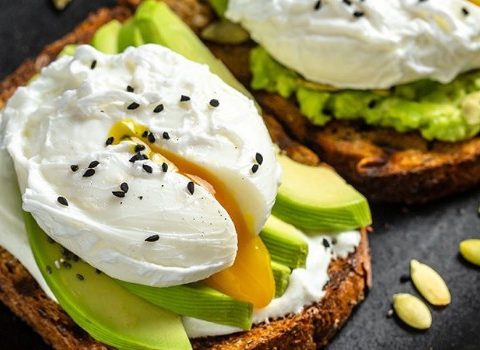What Is Poaching and Which Foods Are Best Suited to This Technique?
Poaching is one of those cooking methods for people who enter the kitchen for pleasure, not just necessity. It may sound fancy to newcomers, but it’s actually one of the oldest gentle-cooking techniques—and you only need a pot and a stovetop.
In this article, you’ll learn the essentials of poaching, how it can streamline your everyday cooking, and the nutritional benefits it provides.
What Is Poaching?
Poaching involves gently cooking food in a liquid held just below boiling. This liquid can be water, stock, milk, wine, or a combination of butter and lemon juice. You can also flavor it with herbs and spices—thyme, bay leaf, garlic, vanilla, cinnamon, and more.
The beauty of poaching is that it transfers flavor both ways: the poached item (fish, chicken, egg) and the cooking liquid become infused with each other. After cooking, the liquid transforms into a delicious broth or sauce you can use in other recipes.
How to Poach Successfully
- Use a deep pot or pan and add enough liquid to cover the food.
- Heat the liquid until tiny bubbles form on the bottom—around 75–85 °C (165–185 °F)—but do not let it boil.
- Gently submerge the food into the hot liquid.
- Maintain the temperature—use a thermometer—and keep it just below simmering. Cover and cook over low heat.
- For delicate items like fish, start in cold liquid, then bring it up to temperature to preserve texture.
Tools for Poaching
- Heavy-bottomed pot or deep skillet with lid
- Kitchen thermometer
- Slotted spoon or spider skimmer
- Tongs for larger items
- Timer
- Optional: egg poaching molds or pods
Foods Ideal for Poaching
Seafood
From salmon and cod to shrimp and crab, poaching is perfect for tender seafood. Filets take about 10 minutes, until opaque and flaky.
Poultry
Chicken breast stays moist and tender when poached—about 15 minutes depending on thickness. Ensure it reaches 75 °C (165 °F) internally for safety.
Eggs
Poached eggs are a classic breakfast item. A dash of vinegar helps the whites set. They cook in 3–4 minutes for a runny yolk.
Vegetables
Asparagus, leeks, artichokes, potatoes, and carrots poach beautifully, retaining structure while softening fibers.
Fruit
Quinces, apples, pears, rhubarb, plums, peaches, apricots, and nectarines take on delicate textures and flavors. Poaching liquid—water, wine, or juice—can be spiced with vanilla, cinnamon, or citrus zest, then reduced into a syrup.
Nutritional Benefits of Poaching
- No added fat—ideal for low-fat diets
- Gentle heat preserves water-soluble vitamins (C and B vitamins) and minerals
- Results in foods that are tender and easy to digest
While poaching won’t create the Maillard reaction that browns and caramelizes, it excels at preserving moisture, flavor infusion, and nutritional value. For rich cuts like steak or pork chops, use other methods—but for delicate proteins, eggs, produce, and fruit, poaching is an elegant, healthful choice.


